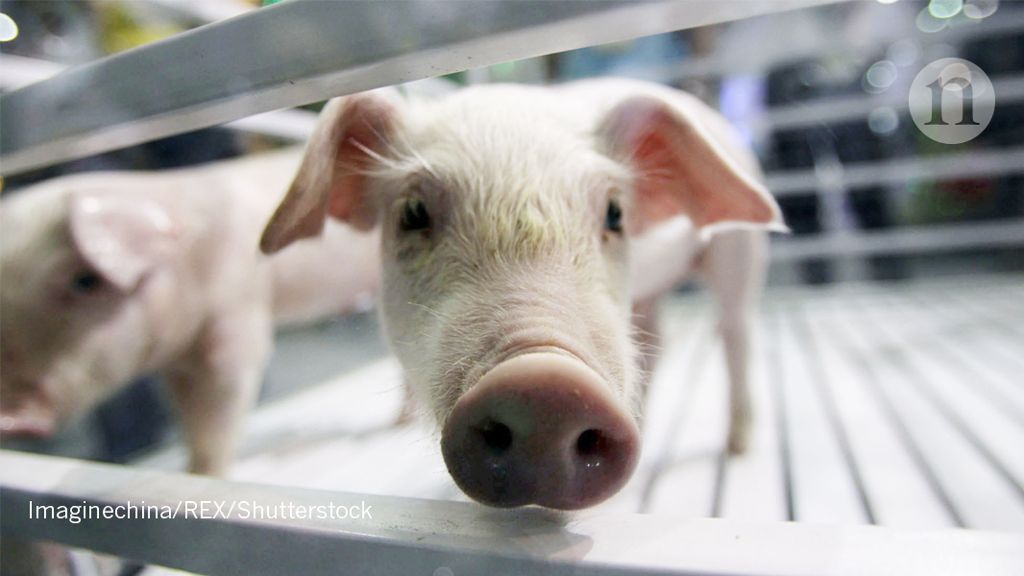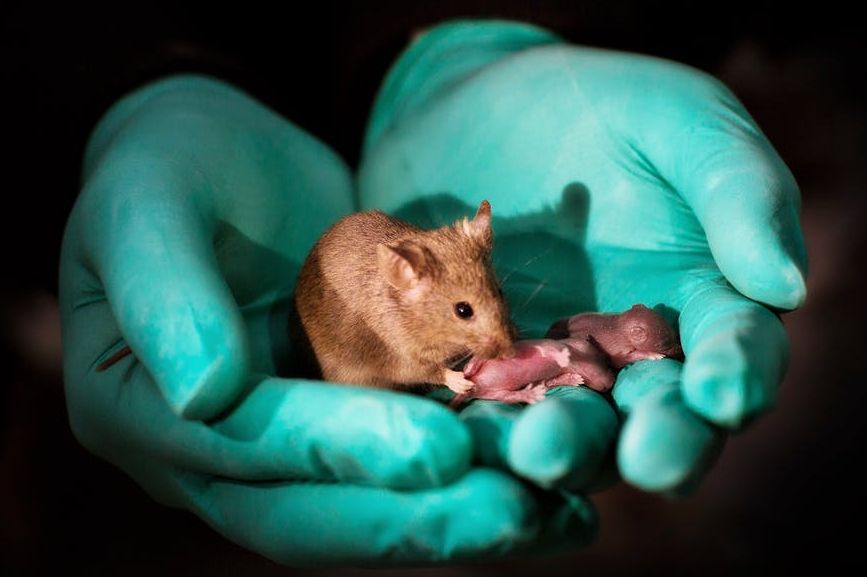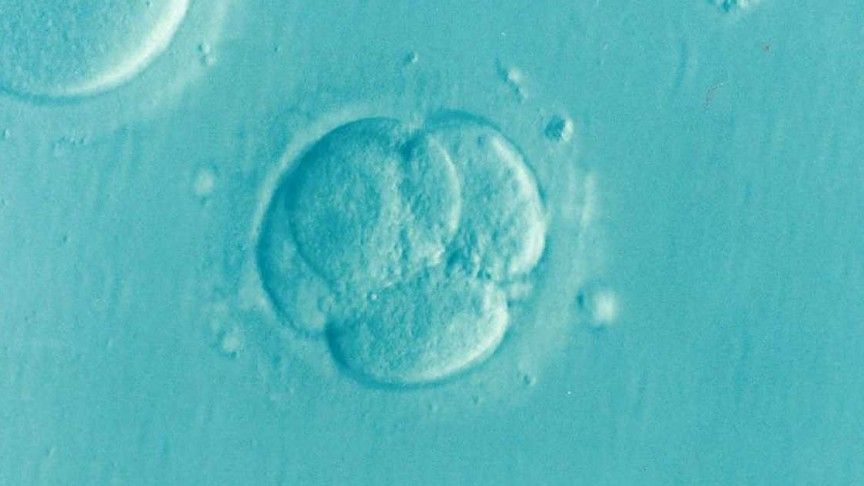Archive for the ‘bioengineering’ category: Page 154
Oct 23, 2018
Biohackers Are Implanting Everything From Magnets to Sex Toys
Posted by Derick Lee in categories: bioengineering, biotech/medical, bitcoin, business, cybercrime/malcode, cyborgs, ethics, health, internet, robotics/AI, sex, transhumanism
Biohacking raises a host of ethical issues, particularly about data protection and cybersecurity as virtually every tech gadget risks being hacked or manipulated. And implants can even become cyberweapons, with the potential to send malicious links to others. “You can switch off and put away an infected smartphone, but you can’t do that with an implant,” says Friedemann Ebelt, an activist with Digitalcourage, a German data privacy and internet rights group.
Patrick Kramer sticks a needle into a customer’s hand and injects a microchip the size of a grain of rice under the skin. “You’re now a cyborg,” he says after plastering a Band-Aid on the small wound between Guilherme Geronimo’s thumb and index finger. The 34-year-old Brazilian plans to use the chip, similar to those implanted in millions of cats, dogs, and livestock, to unlock doors and store a digital business card.
Kramer is chief executive officer of Digiwell, a Hamburg startup in what aficionados call body hacking—digital technology inserted into people. Kramer says he’s implanted about 2,000 such chips in the past 18 months, and he has three in his own hands: to open his office door, store medical data, and share his contact information. Digiwell is one of a handful of companies offering similar services, and biohacking advocates estimate there are about 100,000 cyborgs worldwide. “The question isn’t ‘Do you have a microchip?’ ” Kramer says. “It’s more like, ‘How many?’ We’ve entered the mainstream.”
Continue reading “Biohackers Are Implanting Everything From Magnets to Sex Toys” »
Oct 22, 2018
Bioquark Inc. — Veteran On The Move Podcast — Ira Pastor
Posted by Ira S. Pastor in categories: aging, bioengineering, biotech/medical, DNA, health, life extension, military, posthumanism, science, transhumanism
Oct 20, 2018
Rare Groundcherry Could Soon Be Everywhere, Thanks to Gene Editing
Posted by Genevieve Klien in categories: bioengineering, biotech/medical, food
Hundreds of crops in developing countries are relatively unknown in the developed world because they’re often hard to grow or export. But scientists have found that CRISPR editing can speed up traditional plant breeding techniques.
Oct 11, 2018
Babies Born From Two Mothers Survive for First Time in Mouse Study
Posted by Genevieve Klien in categories: bioengineering, biotech/medical, food, genetics, sex
Everyone knows it takes a male and a female to make a baby. But what a new study from the Chinese Academy of Sciences suggests is that maybe it doesn’t. In a new study, the team of scientists reports they did the seemingly impossible: Produce healthy baby mice from two mothers. The researchers describe their achievement in a breakthrough new paper in Cell Stem Cell.
The single-sex parent phenomenon has been observed naturally in reptiles, fish, amphibians, and invertebrates, but it was never thought to be possible in mammals, who reproduce differently. But as the team describe in their paper, all it took was overcoming the genetic limitations that usually make same-sex parenting impossible. The team, which also included researchers from Northeast Agricultural University in Harbin, China, used a combination of stem cells and CRISPR precision gene editing to produce healthy mice from two mothers. Interestingly, they tried the same with embryos from two fathers, but those offspring only lived a few days.
In the paper, they describe the bizarre, ingenious way the mouse embryos were formed using an egg from one mother a stem cell from another mother. The team’s breakthrough was figuring out how to manipulate the DNA of the stem cell so that the babies wouldn’t have birth defects.
Continue reading “Babies Born From Two Mothers Survive for First Time in Mouse Study” »
Oct 9, 2018
Bioquark Inc. — Real Bodies Milano Exhibit — Ira Pastor
Posted by Ira S. Pastor in categories: aging, bioengineering, biotech/medical, cryonics, futurism, genetics, health, life extension, science, transhumanism
Continue reading “Bioquark Inc. — Real Bodies Milano Exhibit — Ira Pastor” »
Oct 7, 2018
Japan Set to Approve Controversial Gene Editing of Human Embryos
Posted by Genevieve Klien in categories: bioengineering, biotech/medical
Japan’s draft guidelines for a proposal to begin editing genes found in human embryos was recently announced. The decision has some scientists concerned.
Oct 4, 2018
Artificial enzymes convert solar energy into hydrogen gas
Posted by Bill Kemp in categories: bioengineering, biological, chemistry, genetics, solar power, sustainability
In a new scientific article, researchers at Uppsala University describe how, using a completely new method, they have synthesised an artificial enzyme that functions in the metabolism of living cells. These enzymes can utilize the cell’s own energy, and thereby enable hydrogen gas to be produced from solar energy.
Hydrogen gas has long been noted as a promising energy carrier, but its production is still dependent on fossil raw materials. Renewable hydrogen gas can be extracted from water, but as yet the systems for doing so have limitations.
In the new article, published in the journal Energy and Environmental Science, an interdisciplinary European research group led by Uppsala University scientists describe how artificial enzymes convert solar energy into hydrogen gas. This entirely new method has been developed at the University in the past few years. The technique is based on photosynthetic microorganisms with genetically inserted enzymes that are combined with synthetic compounds produced in the laboratory. Synthetic biology has been combined with synthetic chemistry to design and create custom artificial enzymes inside living organisms.
Continue reading “Artificial enzymes convert solar energy into hydrogen gas” »
Oct 4, 2018
Bioquark Inc. — Younger Every Day Podcast — Ira Pastor
Posted by Ira S. Pastor in categories: aging, bioengineering, biotech/medical, cryonics, futurism, genetics, health, life extension, neuroscience, transhumanism
Oct 2, 2018
Movement for Indefinite Life Extension 2018 Drive to Stay Alive Message
Posted by Eric Schulke in categories: aging, bioengineering, ethics, existential risks, futurism, life extension, philosophy, transhumanism
The universe is filled with uncountable amounts of mystery, discovery, opportunity, experiences, marvels and more. So, let’s not die if we don’t have to.
It’s much harder to make the case that radical longevity cannot be engineered into our biology than that it can. Humanity engineers cells in countless ways all the time now, and our knowledge, capability and tools keep growing exponentially.
Now, a mainstream amount of demand to create a bustling global industry of life extension R&D is the only thing standing between you and the ability to live indefinitely.” — Eric Schulke
Fifteen thousand years worth of Netflix are watched every day. Fifteen billion dollars are spent on the Super Bowl and fifteen billion dollars are spent on Valentine’s day. Those aren’t bad things but we need some perspective. Survival is humanity’s main and oldest occupation. We have what it takes to survive if we pay attention and get with the program.
Continue reading “Movement for Indefinite Life Extension 2018 Drive to Stay Alive Message” »
















